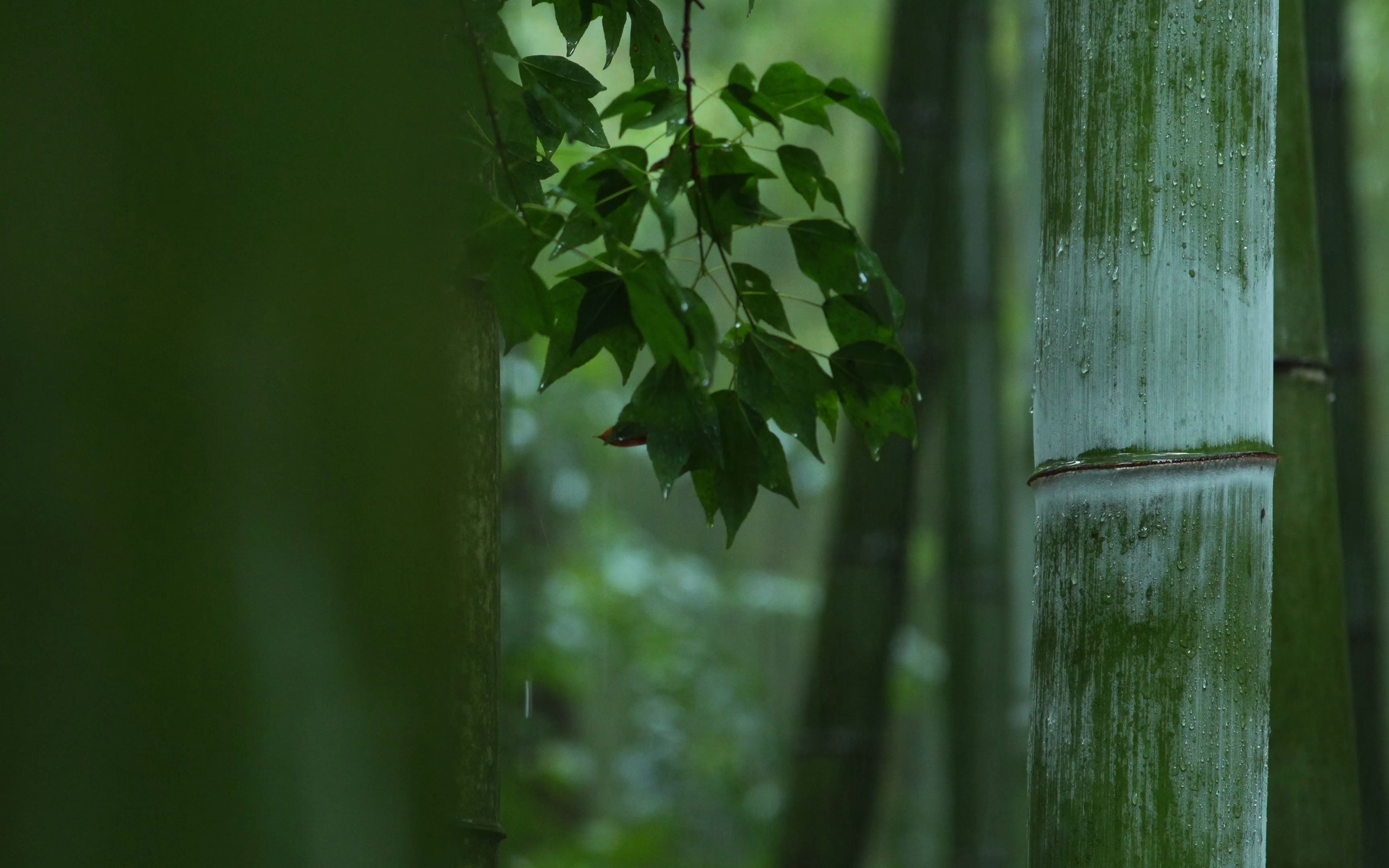Rainy days bring refreshing showers and cooler temperatures, but they also bring challenges for certain materials, including bamboo. As an eco-friendly and versatile material, bamboo is widely used in various products, from furniture to flooring. However, its susceptibility to moisture means that rainy weather can have both short-term and long-term effects on these items.
One of the primary concerns regarding rainy days and bamboo products is moisture absorption. Bamboo is naturally porous, making it prone to absorbing water when exposed to rain or high humidity. This can lead to swelling, warping, and ultimately, structural damage. In furniture, for example, prolonged exposure to rain can cause joints to weaken and surfaces to become uneven.
Furthermore, moisture can also promote the growth of mold and mildew on bamboo surfaces. This not only affects the aesthetics of the products but also poses health risks to individuals exposed to them. Mold and mildew can trigger allergies and respiratory issues, making it crucial to address these issues promptly.
Another effect of rainy weather on bamboo products is discoloration. The constant exposure to moisture can cause the natural colors of bamboo to fade or change over time. This can diminish the visual appeal of items such as bamboo flooring, reducing their overall aesthetic value.
To mitigate the effects of rainy days on bamboo products, several preventative measures can be taken. Firstly, it’s essential to provide adequate protection for outdoor bamboo furniture and structures. This can be achieved by applying a waterproof sealant or finish specifically designed for bamboo. Regular reapplication may be necessary to maintain the protective barrier.
Additionally, proper maintenance is crucial for preserving the integrity of bamboo products. Keeping items clean and dry, especially during rainy seasons, can help prevent moisture-related issues such as mold growth and discoloration. Wiping down surfaces with a damp cloth and allowing them to air dry can help remove excess moisture and prevent damage.
Furthermore, controlling indoor humidity levels can also help protect bamboo products from the effects of rainy weather. Using dehumidifiers or air conditioners can help maintain optimal humidity levels, reducing the risk of moisture absorption and mold growth.
also help protect bamboo products from the effects of rainy weather. Using dehumidifiers or air conditioners can help maintain optimal humidity levels, reducing the risk of moisture absorption and mold growth.
In conclusion, rainy days can have significant effects on bamboo products, ranging from structural damage to aesthetic deterioration. However, with proper care and maintenance, these issues can be mitigated, allowing bamboo items to remain durable and visually appealing for years to come. By understanding the vulnerabilities of bamboo to moisture and implementing preventive measures, individuals can continue to enjoy the many benefits of this sustainable material, even during rainy weather.
Post time: Apr-28-2024






